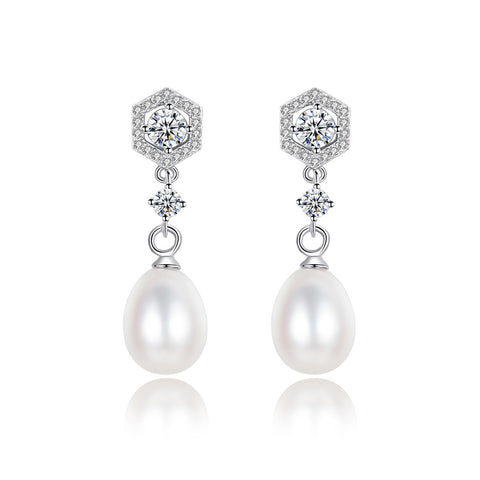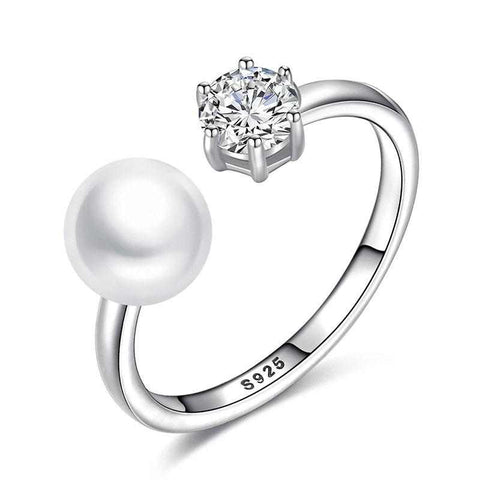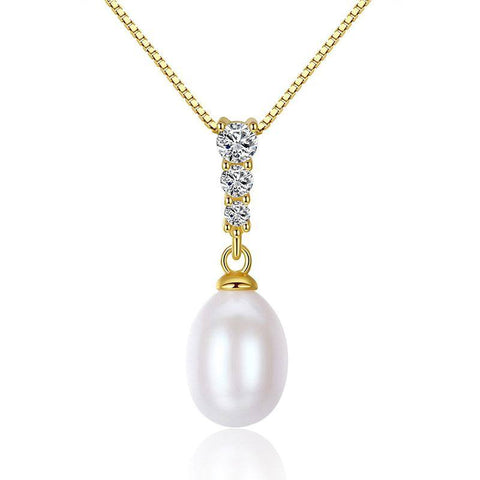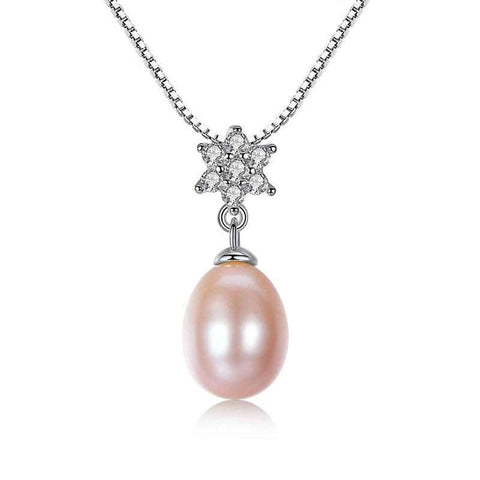What are Oysters?

Oysters are marine animals with rough and irregular shells, depending on their type - there are no less than 200 species out there. Oysters are known for cleaning ocean water and can process up to 10 liters of water per hour.
How Long Does it Take for a Pearl to Form?

Are you diving to find your own pearls? Or just interested in growing them yourself? I wanted to know the same thing, so I spent time researching how pearls are formed and how to actually grow your own.
How long does it take for a pearl to form? The formation of a pearl takes at least 6 months. However, pearls usually sit for at least a year before they grow to the proper size.

Pearls can be harvested as early as 6 months, but the longer the pearls are cultured, the greater the chance of harvesting large, high-quality pearls. Freshwater pearls are usually cultivated for 18-24 months before harvest.
Freshwater pearls have a shorter development time because the nacre (the component that forms the pearl) is not as dense as the nacre surrounding seawater pearls. However, they can grow to be the same size.
How Long Does it Take to Form a Cultured Pearl?
Akoya pearls are usually harvested after 1 year, Tahiti and South Sea pearls are usually harvested after 2-4 years, and Edison freshwater pearls are usually harvested after 2-7 years.
Pearls grow at different rates, depending on the type of pear and some other factors. Akoya pearls grow to 9 mm in 10 to 14 months, Tahitian pearls to 10 mm in 18 to 24 months, and South Sea pearls to 15 mm in 2 to 3 years.
The longer the clams are allowed to grow pearls, the larger and better quality the pearls will be.
If left to make pearls for years, both freshwater and saltwater mussels can produce pearls of excellent quality that will last for years (even more than 50 years). Quickly cultured pearls are of lower quality because their nacre is too thick and wears out faster.
Interestingly, not all pearls are created equal. Top jewelry manufacturers only produce 5-10% of the quality pearls, but pearl farmers cultivate a variety of qualities and manage to sell them.
China is currently the world's largest producer of freshwater pearls, producing over 1,500 metric tons per year.
Do All Oysters Have Pearls?
Any oyster, clam, or mussel can form pearls naturally, although some are more common in some species than others.
They all have a mollusk that produces the material for pearls. Larger oysters may have a slightly higher chance of having pearls in them because they are older and have more time to make pearls.
Unfortunately, there are no obvious signs to know if the pearl is in an oyster, mussels or clams - you have to open it to see it.
If you're thinking about going diving and trying to find your own oysters with pearls in them, then read on. Your chances of finding a pearl are very small.
How Rare is it to Find Pearls in Oysters?
Natural pearls are very rare. In fact, only 1 in 10,000 wild oysters will have pearls, let alone jewelry graded.
Most pearls you see in the world are cultured pearls, made from culture, such as this freshwater cultured pearl necklace.
Natural pearls made without human intervention are extremely rare. Today, pearls are cultured on pearl farms, which usually take several years to produce pearls.
How Long Do Oysters Live?
Oysters can live up to 20 years. They are considered mature once they are about 1 year old. Only mature oysters produce pearls. Young oysters are called "spats".
What Do Oysters Eat?
Oysters are mostly vegetarian, and they consume algae and other small food particles.








